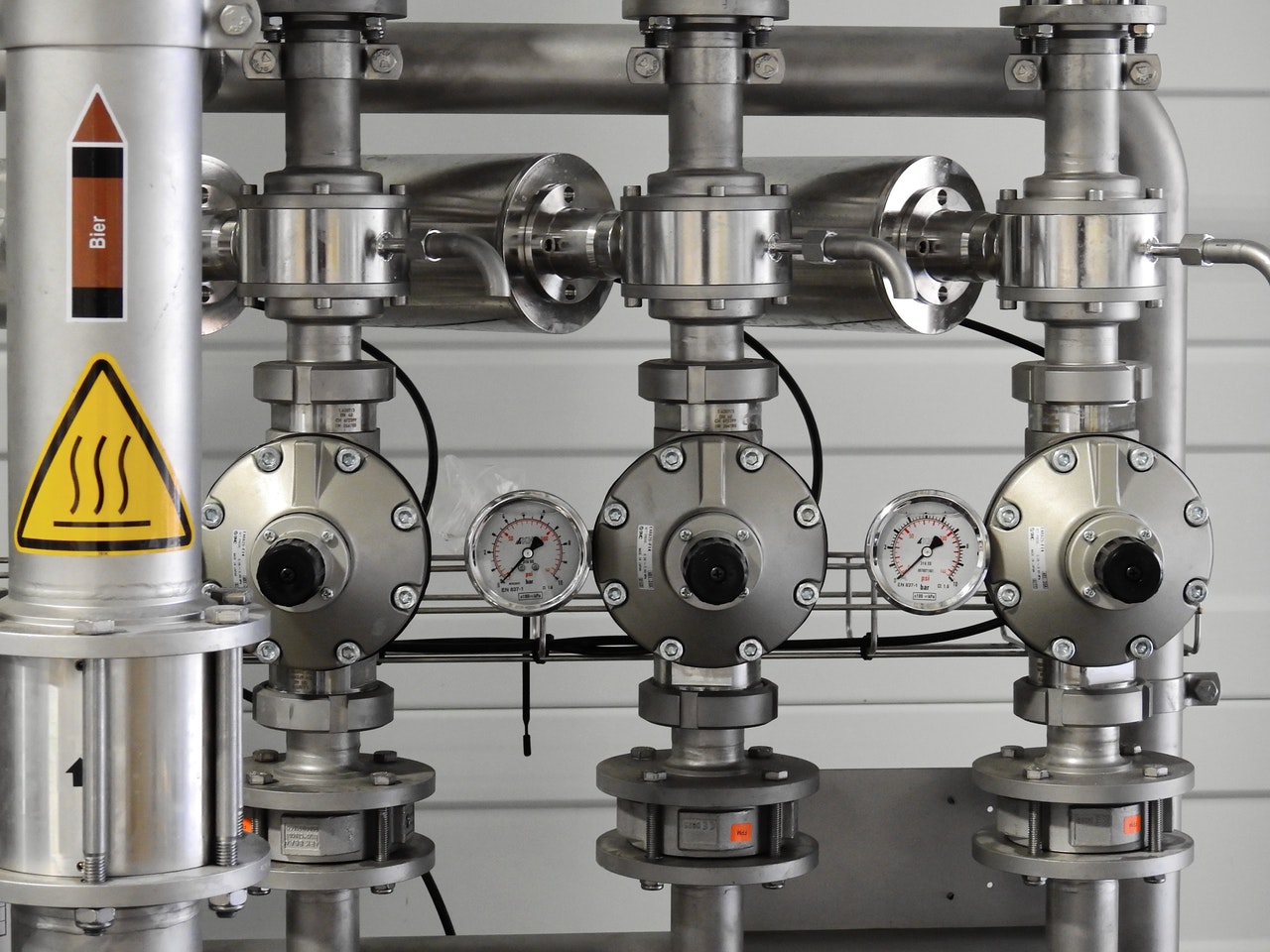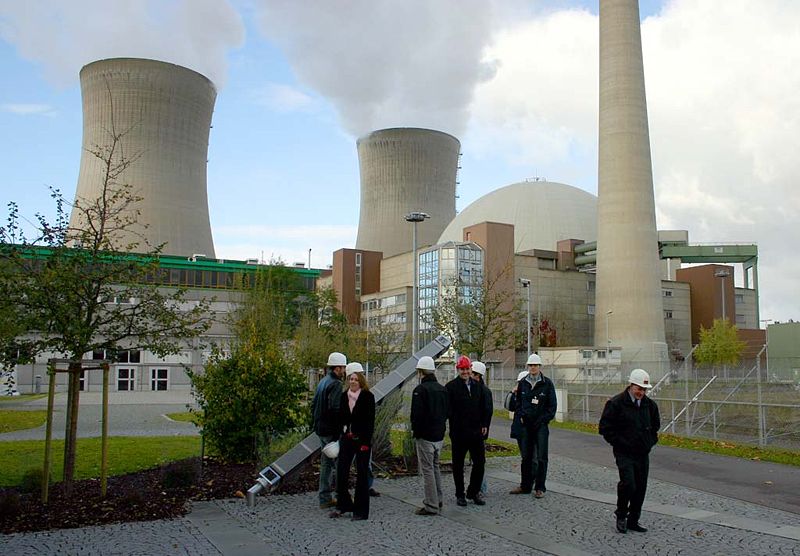Thermal flow meters use the fluid’s heat conductivity, both liquids, and gases, to find out the mass flow. Not like volumetric flow meters, for example, turbine or purge meters, a thermal flow meter are, to some extent, resistant to pressure and temperature fluctuations of the incoming flow.
It is mainly used in gas and airflow measurement applications. They are available in both high-temperature designs and high-pressure designs, and in note worthy materials, for example, PFA, Monel®, and glass.
We will walk you through the important things to note about thermal flow meters. So, take a read!
How Does a Thermal Flow Meter Work
It uses the thermal properties to calculate the flow of fluids/Gasses moving in a duct or pipe. In a usual or normal thermal flow meter and some other flow measurement device, an estimated amount of heat is administered to the sensor’s heater.
As the flow enlarges or expands, heat gets dissipated. The sensor’s temperature measurements are able to sense the total amount of heat loss. The amount of heat dissipated from the sensor is contingent on or determined by the fluid’s thermal properties and the sensor design.
The transmitter leverages the temperature measurements and heat input to fathom the fluid flow. The majority of thermal flow meters are utilized to calculate gas flows. Gas thermal flow meters constitute 2% of the flow meter sales globally.
In applications where the fluid is constant throughout the actual operation and the thermal properties are known, thermal flow meters can be utilized to calculate the fluid’s mass flow since the measuring device isn’t contingent on the temperature or pressure of the fluid.
In most applications, the fluid’s thermal properties can be determined by the composition of the fluid. Different fluid composition throughout the actual operation can influence the measuring device.
Thus, it’s crucial to know the fluid’s composition so that the correct calibration factor can be leveraged to find out the accurate flow rate. Because of this limitation, a flow meter is typically applied to gauge the flow of pure gases.
Pros and Cons
Thermal flow meters are averagely priced, and they’re ideal for low-pressure gas. They are well-fitted for emissions monitoring, and stack flow measurement uses. For large pipe sizes, insertion models are a better option.
How to Use a Thermal Flow Meter
It is typically utilized to gauge the mass flow of clean gases, for example, argon, ammonia, helium, nitrogen, etc. also, mixtures like biogas flow and flue stack flow can be calculated if their composition is determined.
Be mindful when using this to calculate the flow of gases with an unknown composition because it can influence the thermal flow meter measurement.
Takeaway
Thermal flow meters can provide direct mass flow measurements, unlike other approaches that calculate volumetric flow and need other measurements for pressure and temperature to measure the mass flow and density. Most thermal flow meters can control and measure the flow on a molecular level, providing reliable, repeatable, and accurate gas delivery results.
Author’s Bio: Sylvia Hopkins is a writer and a blogger who specializes in email marketing campaigns and ghost blogging. She writes about flow measurement instrumentation, flow measurement application, and technology. When not working, Sylvia spends some quality time with her family and friends.







